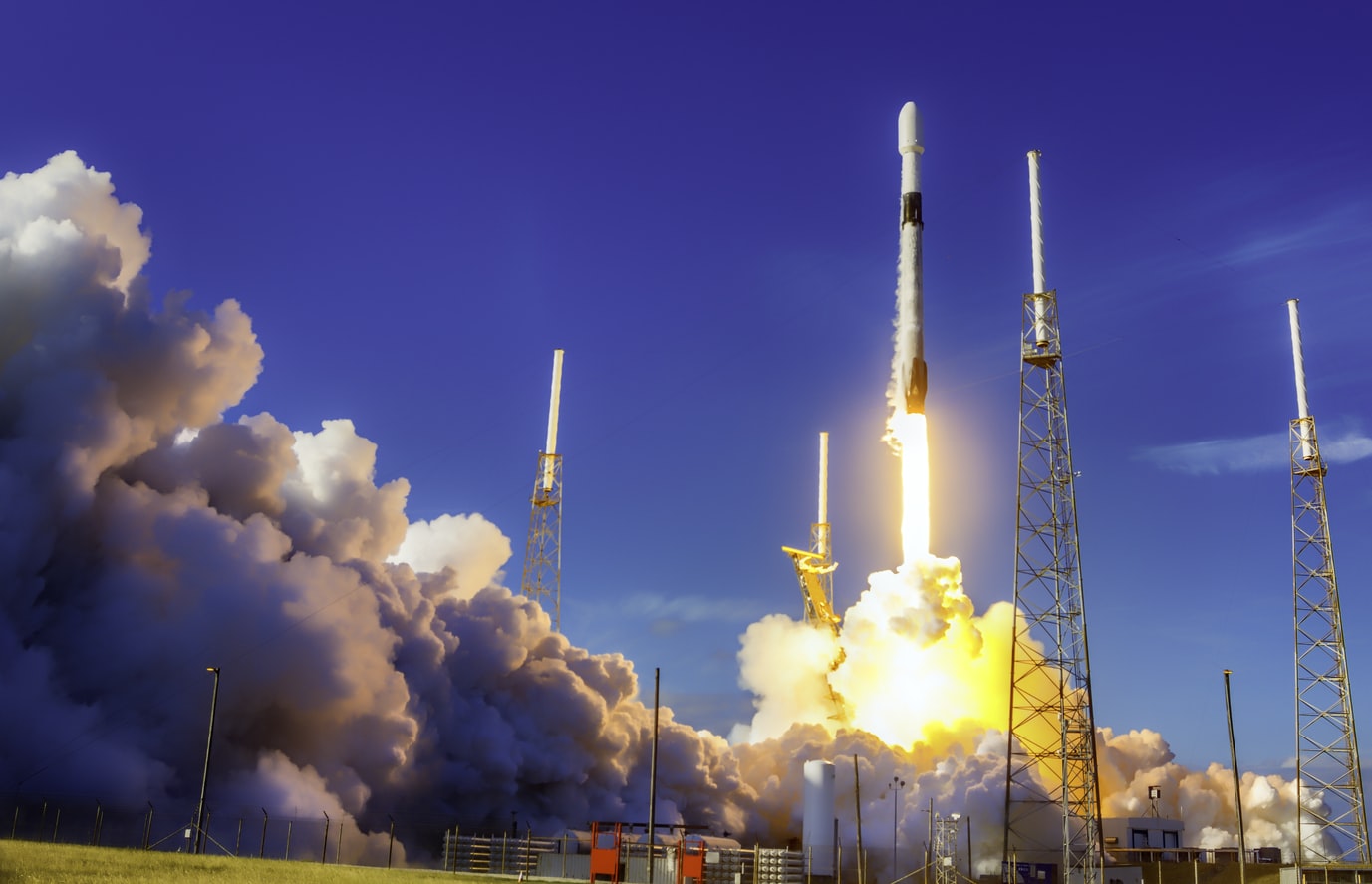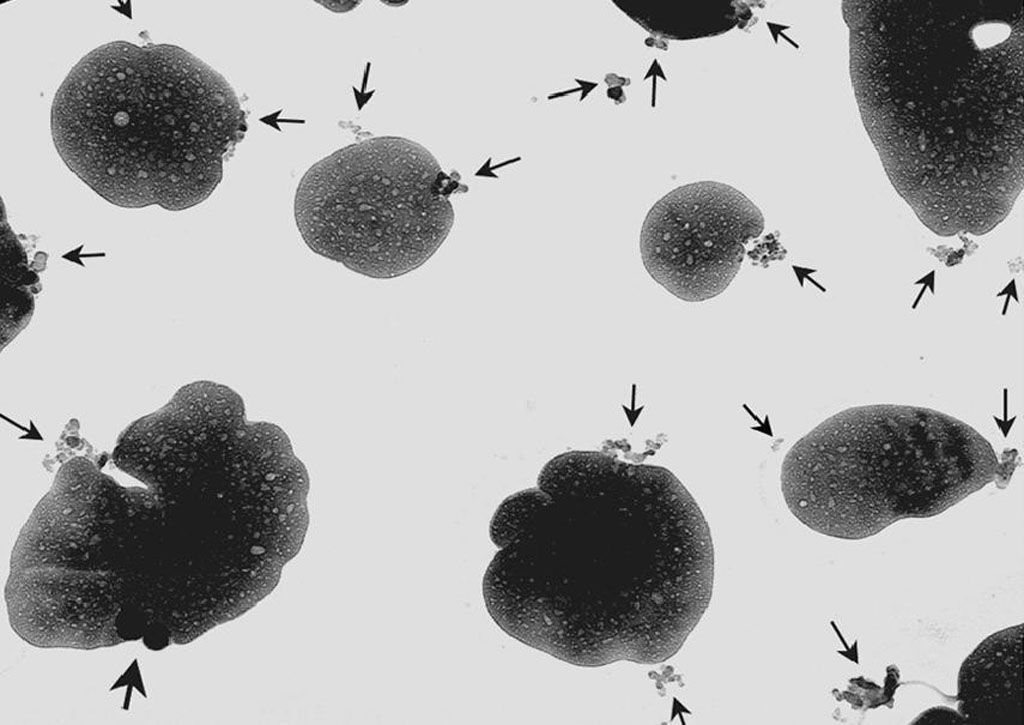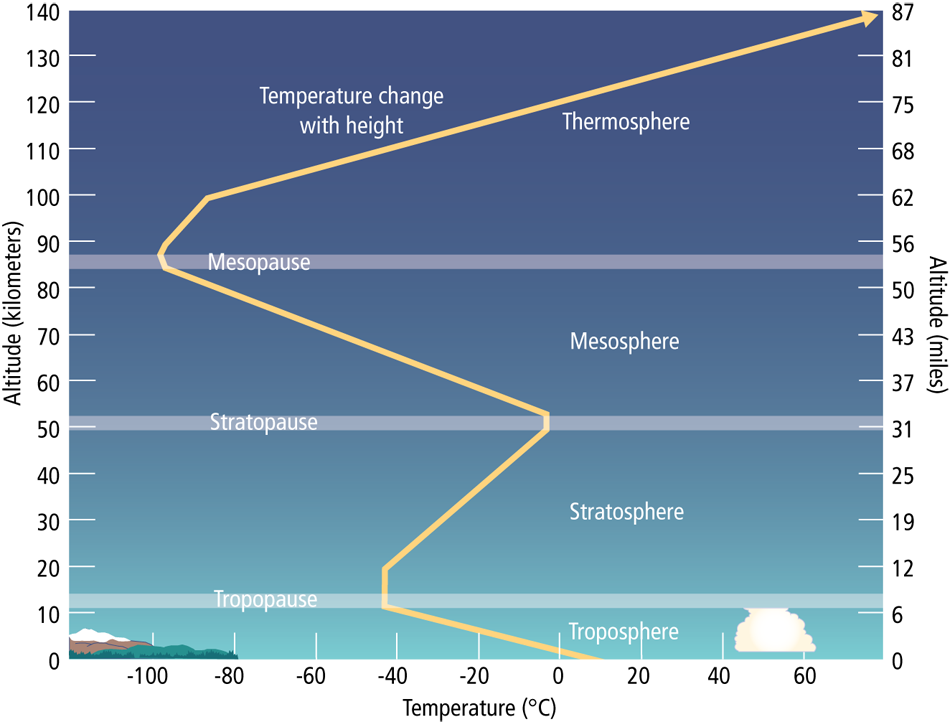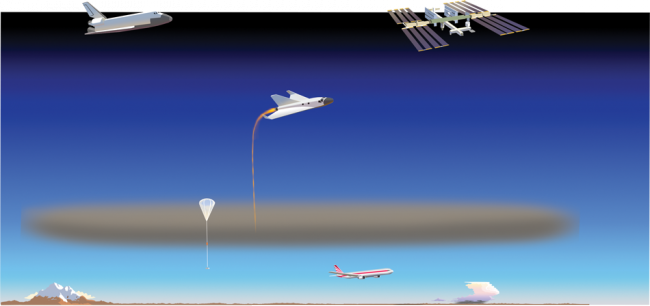The Climate Change and Rocket Soot Emissions
If the space transport industry grows significantly in coming years, whether by tourists traveling to space or crew and cargo heading to the International Space Station or beyond, emissions of black carbon (soot) from increased rocket launches could contribute to global climate change, according to a recent study by scientists at The Aerospace Corporation. Black carbon particles efficiently absorb the sun’s visible light and so can increase solar heating in the atmosphere, similar to the way carbon dioxide and other greenhouse gases increase heating by absorbing Earth’s infrared light.
Author:Rhyley CarneyReviewer:Paula M. GrahamMar 15, 2021196.9K Shares2.7M Views

If the space transport industry grows significantly in coming years, whether by tourists traveling to space or crew and cargo heading to the International Space Station or beyond, emissions of black carbon (soot) from increased rocket launches could contribute to global climate change, according to a recent study by scientists at The Aerospace Corporation. Black carbon particles efficiently absorb the sun’s visible light and so can increase solar heating in the atmosphere, similar to the way carbon dioxide and other greenhouse gases increase heating by absorbing Earth’s infrared light. Additional thermal energy from particles heated by the sun can change the overall circulation of the atmosphere and cause regional changes in temperature, ozone, and other atmospheric parameters from the surface to the top of the atmosphere.
Black Carbon
Black carbon particles from all global sources play an important part in global change, likely second only to carbon dioxide in adding heat to the atmosphere. It may come to pass that regulation of black carbon—rather than carbon dioxide—will be the first path that the global community takes as it tries to deal with ongoing climate change. It is prudent then that the space industry understands exactly how much black carbon rockets emit and what unique effects these rocket emissions have on the Earth climate system.
The Aerospace study has shown that black carbon particles emitted by hydrocarbon-fueled rockets could play a role in climate change in coming decades. Funded by the Aerospace Research and Program Development Office and other agencies, it is the first study of the effects that rocket exhaust could have on the climate system. Black-carbon particles produced by hydrocarbon-fueled rockets could be significant because rocket exhaust is the only direct source of human-produced compounds in the atmosphere above approximately 20 kilometers (12 miles). Rockets also emit carbon dioxide, water vapor, and other compounds that absorb thermal energy, but soot particles have possibly the greatest potential—on a kilogram-for-kilogram basis—to promote climate change. This is the fundamental point of the work.
The authors of the study believe that a fast-growing suborbital launch market could develop over the next decade, with perhaps as many as 1000 suborbital rocket flights per year. This scenario is based on business and government plans and analysis for suborbital commercial space flights, which suggest that such a high launch rate market could be established in approximately a decade. While it is difficult to predict exactly what the space transport sector will look like in 2020, the emission scenario assumed for this climate study is a plausible extrapolation of current efforts and plans. The calculations are based on one of the world’s most respected global climate models, the Whole Atmosphere Community Climate Model (known as WACCM), maintained by the National Center for Atmospheric Research in Boulder, Colorado.
Stratospheric Changes
The envelope of gas surrounding Earth changes from the ground up. Distinct layers are identified in the graph, each of which is bounded by a “pause,” where the greatest changes in thermal characteristics, chemical composition, movement, and density occur.
Two main characteristics of black carbon particles emitted by rockets combine to create the potential for significant—and possibly surprising—changes in the atmosphere. First, small particles emitted directly into the stratosphere have lifetimes of years, so soot from many launches will accumulate in the stratosphere to absorb sunlight that would otherwise reach Earth’s surface. The soot from about four years of launches from suborbital rockets is estimated to gather into a thin cloud about 40 kilometers (24 miles) above the surface, an altitude three times higher than where typical airline traffic travels. Second, while rockets burn much less fuel than airliners, rockets emit up to one thousand times more soot per amount of fuel burned than aircraft. Coupled with the much longer lifetime of rocket soot, the potential effect of rocket exhaust is amplified and could cause larger changes in atmospheric heating than the soot emitted by jet aircraft across the globe. Even though the amount of propellant burned by rockets—and so, too, their carbon dioxide emissions—is small compared to the fuel burned each year by the aviation industry, the accumulation of stratospheric soot could represent a net additional heating, or radiative forcing, on the atmosphere comparable to all of aviation.
One key point of the study is that the particles emitted by rockets into the stratosphere, which have been overlooked in other accounting of climate effects, have a far greater impact on direct radiative forcing than rocket emissions of carbon dioxide. Radiative forcing is a metric used by scientists to compare how different emissions and Earth system changes can affect climate. Radiative forcing measures how much extra energy Earth and its atmosphere absorb after being modified by human-caused or naturally occurring changes. The Aerospace study shows that the radiative forcing of soot from a given hydrocarbon rocket scenario is as much as 100,000 times that of the carbon dioxide from the rockets. (In comparison, the radiative forcing of soot emitted by jet aircraft is less than one-tenth of the forcing from its carbon dioxide.) Because rocket soot has such an outsized radiative forcing compared with that of rocket carbon dioxide, an assessment of the climate impact of hydrocarbon rockets must account for the soot, or the assessment will have not accounted for most (> 99.9 percent) of the impact.
Complex Patterns
A cloud of rocket soot may accumulate at about 25 miles over the Northern Hemisphere.
The idea that rocket soot accumulates in the stratosphere, absorbs sunlight, and adds thermal energy to Earth’s atmosphere in a sensitive region—the middle stratosphere—is not much in doubt. Predicting how Earth’s atmosphere responds to this added heating is the difficult part. The WACCM model predicts a subtle, but global in scope, change in the circulation of the atmosphere. While the overall result is that more solar radiation is absorbed by the atmosphere, the temperature response is a complicated pattern with warming in some regions of the planet and cooling in others. Earth’s surface in the midlatitude regions tends to cool by about one degree Fahrenheit; the polar regions can warm or cool by up to five degrees, depending on the season. This complicated pattern does not sound like “global warming,” but the rocket soot has caused a “global change” in the atmosphere. Some areas will cool and some will warm, varying seasonally, but the overall net effect is to add a little more solar heating to the atmosphere that would not otherwise be there.
The same idea applies to ozone as well, through feedback effects between ozone and the overall circulation. Some atmospheric regions gain ozone, and others lose ozone—so some areas on Earth will experience a slight thinning of the ozone layer, and others a slight thickening. As a whole, however, circulation changes caused by the black carbon heating only moves ozone around, changing its distribution, but does not significantly change the total amount of ozone in Earth’s atmosphere. Thus, black carbon will not deplete ozone in the global sense like the long banned chlorofluoro-carbons, but the soot-induced changes in circulation will cause a slight redistribution of existing ozone. Since Earth’s climate balance depends partly on ozone, the ozone redistribution can also affect climate in a complex feedback loop.
The essential point of the study is that soot emissions from the space launch industry could become, under some growth scenarios, a significant component of the total climate forcing associated with the transportation sector of the global economy. This conclusion follows from the output of a highly credible global climate model and inputs from future launch and emissions scenarios. The model predictions are large enough for climate scientists to consider soot from rockets a potentially important future impact, something to keep an eye on and understand better.
Current launches of hydrocarbon-fueled orbital rockets—including the Atlas V, Soyuz, Falcon, Zenit, and others—emit less than one-tenth the mass of black carbon particles into the stratosphere than is implicit in the fast-growth suborbital scenario, so the practical concern is small for now. Still, many scientists believe that rapid growth is inevitable for commercial rockets, and because many of these new rockets rely on hydrocarbon fuel, this growth would substantially add to stratospheric soot emissions. Significant investments are being made across the commercial, civil, and military sectors in hydrocarbon rocket engines without a full understanding of their impact on the global atmosphere. While there are currently no regulations that control injection of radiatively active particles into the stratosphere, whether on purpose (e.g. so-called geoengineering) or as a by-product of space transport, this groundbreaking study clearly indicates that a full understanding of their effect is prudent because unnecessary or overly restrictive regulations often result when policy makers have inadequate information.
The Path Forward
The questions raised by this study are many. How much soot do the various hydrocarbon engines actually emit? How does the emission vary from rocket to rocket? How accurately do the global models predict the accumulation of the rocket soot? What is the impact of rocket soot-induced changes on important atmospheric parameters? Could there be other types of particles injected into the stratosphere by rockets—alumina from solid rocket motors, for example—that also have a significant effect, akin to that of the soot particles?
The study employed a respected computer model of Earth’s atmosphere and made reasonable assumptions about inadequately known rocket emissions. Measurements of actual rocket emissions and ensemble runs of many different climate models must be performed before definitive conclusions can be drawn about the relationship between soot particles emitted by rocket engines and climate change. Scientists at Aerospace, in collaboration with those from other institutions, will continue to work and improve our understanding of this complex problem for many reasons. Scientifically, we need to better understand all of the emissions and atmospheric processes that together determine Earth’s climate and its variability. More directly, we must understand how space transportation fits into the overall picture of global climate change to ensure sustainable space industrial development in the twenty-first century.

Rhyley Carney
Author

Paula M. Graham
Reviewer
Latest Articles
Popular Articles


